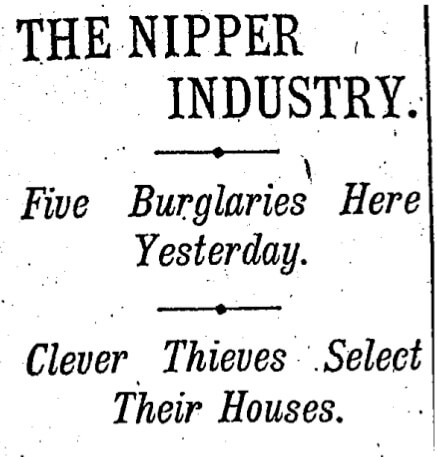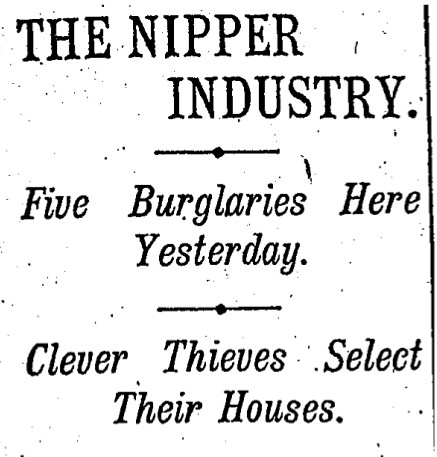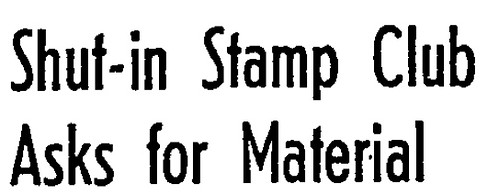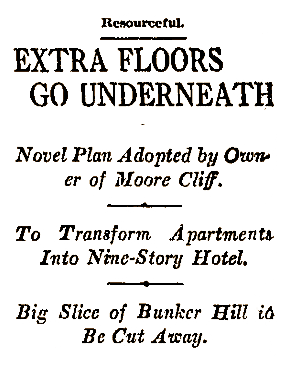 March 31, 1912
March 31, 1912
That the Moore Cliff has glorious views, no one can debate. From her lofty perch sixty feet above Hill Street, midway between First and Second, she gazes over the business district, and every room commands a panorama extending to Boyle Heights. But her grand position is also her undoing; since she was built in aught-four, her inhabitants have had to trek up that dang‘d winding six-story staircase set into the retaining wall. Even Dr. S. G. Moore, who apparently added cliff to his eponymised hotel just so you‘d remember how high you were, has tired of scaling the thing. No view can compensate for the loss of revenue occasioned by those with an aversion to shlepping.
Dennis and Farwell were veteran architects–and what‘s more of a no brainer, in a rapidly growing city, than adding stories to a structure? D&F designed the Moore Cliff, and now here comes Moore again, wanting to convert her from a four-story apartment building to a nine-story hotel. But don‘t add these floors to the top, says Moore, massaging his aching feet–add them to the bottom.

No problem, say Dennis and Farwell. All we need to do is remove a body of earth fifty-five feet in width by sixty feet in height, and fifty feet in depth. This will stretch under the present building which we‘ll prop up until our five story steel-and-brick structure, with a façade to resemble the one up on the hill we designed eight years ago, gets slid in there. Dress the new lobby in mahagony-stained birch, throw on an iron marquise, and there you have your nine-story hotel, right there at terra firma, all blessed as it is with sidewalks and rail lines.
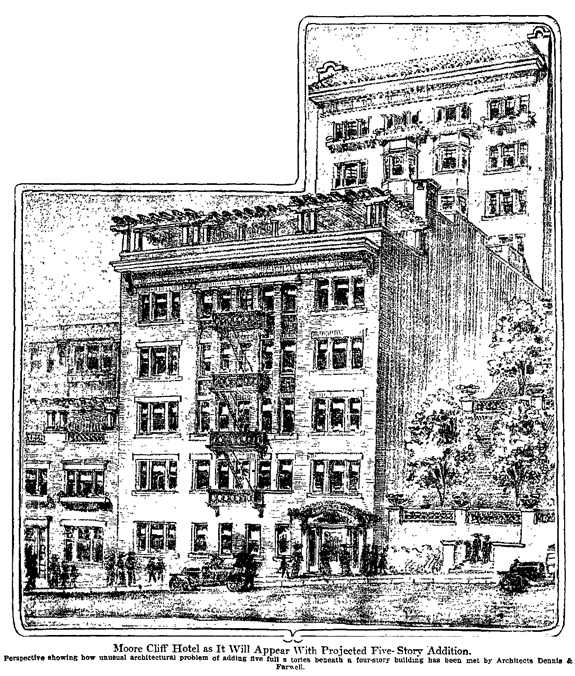
Everyone‘s quite excited that the length of Hill south of the tunnel is bursting with plans. (A stone‘s throw from Hill up Second, Braun‘s ten-story reinforced concrete hotel is pouring fourndations.) Judge Stephens intends to erect a substantial building of brick and steel just to the south of the Moore Cliff; and plans are afoot to build on the southwest corner of First and Hill, where a large cut was made years ago. “It is freely predicted that all of the frontage on the west side of Hill street will have been reduced to grade level within the next year or two.”
 What do you notice here, from this 1932 image of the Moore Cliff?
What do you notice here, from this 1932 image of the Moore Cliff?
It didn‘t happen.
(Nor do we witness Judge Stephens‘ proposed structure; no-one ever built on the SW corner of First & Hill, either.)
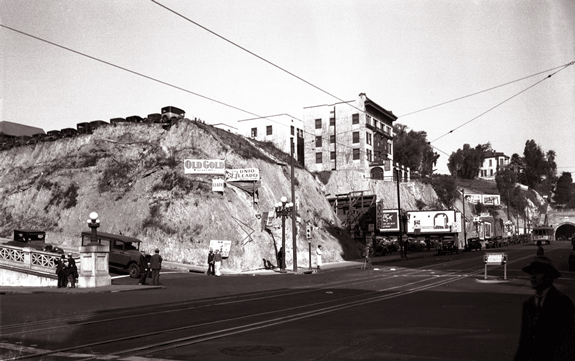
As can be seen, the Moore Cliff’s cliff has been almost, but not quite, brought down to grade level. (The tunnels up Hill were flattened something fierce, though.)

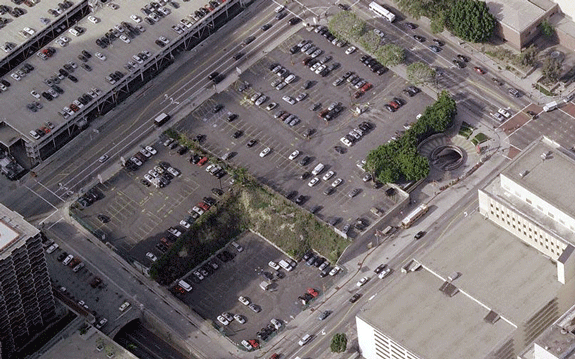
And the jurors who park there command a terrific vista of that building.
Hill Street image courtesy USC Digital Archives


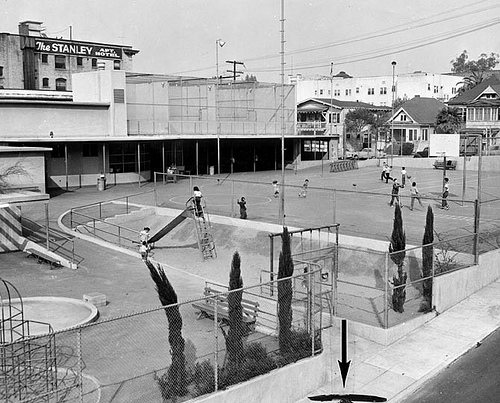

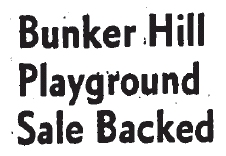 During the 12 years that the Bunker Hill Playground served the neighborhood, its facilities were tremendously popular, and its programs well-attended. However, it wouldn’t last long. In 1962, the Department of Parks and Recreation recommended sale of the playground and recreation center to the CRA for $325,000. Within a year, the City Council would approve the sale, cash the check, and soon, the playground was just another Bunker Hill ghost.
During the 12 years that the Bunker Hill Playground served the neighborhood, its facilities were tremendously popular, and its programs well-attended. However, it wouldn’t last long. In 1962, the Department of Parks and Recreation recommended sale of the playground and recreation center to the CRA for $325,000. Within a year, the City Council would approve the sale, cash the check, and soon, the playground was just another Bunker Hill ghost.

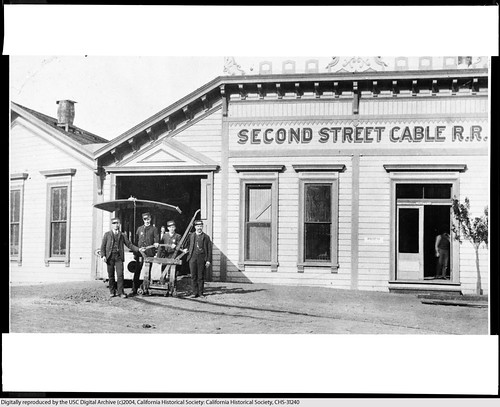
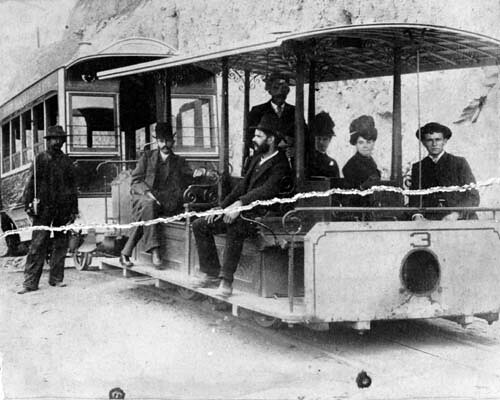



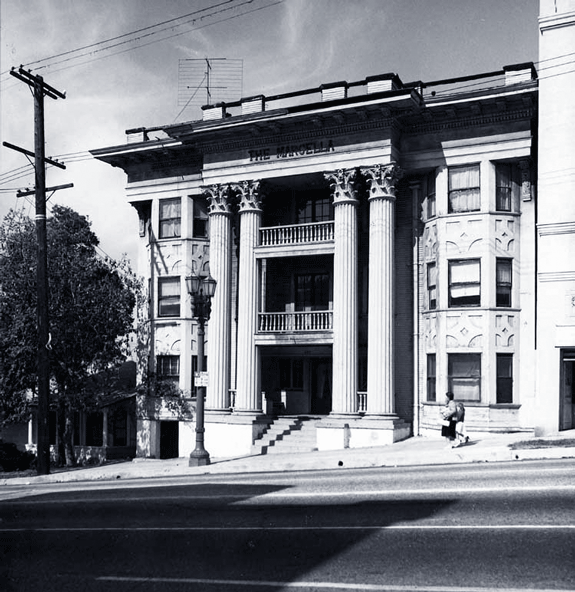 Today we discuss The Marcella, who once flaunted her classical order on Flower (she is Italian, please be advised the C in her name is not pronounced s as in sell, but like ch as in chin). See how her name beckons, proud but not haughty, from her entablature? She wants to take you in and protect you under that great cornice with her large corbels. Despite her imposing presence, she is warm, and welcoming; the wide porches bespeak grace, and the timberframe vernacular on the bays coo cozy by the fire lad, there‘s good feelings in mortise and tenon.
Today we discuss The Marcella, who once flaunted her classical order on Flower (she is Italian, please be advised the C in her name is not pronounced s as in sell, but like ch as in chin). See how her name beckons, proud but not haughty, from her entablature? She wants to take you in and protect you under that great cornice with her large corbels. Despite her imposing presence, she is warm, and welcoming; the wide porches bespeak grace, and the timberframe vernacular on the bays coo cozy by the fire lad, there‘s good feelings in mortise and tenon. 

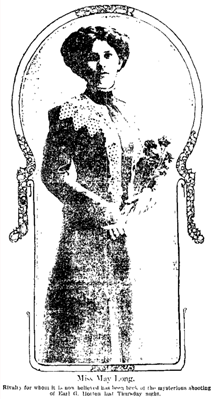

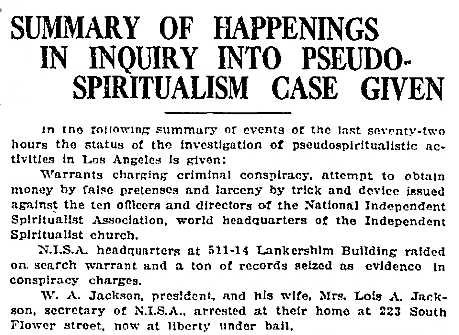


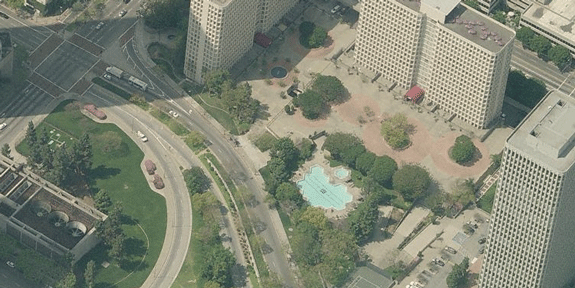
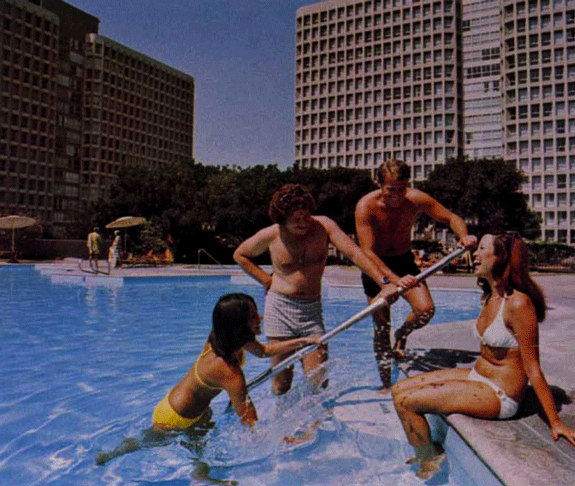

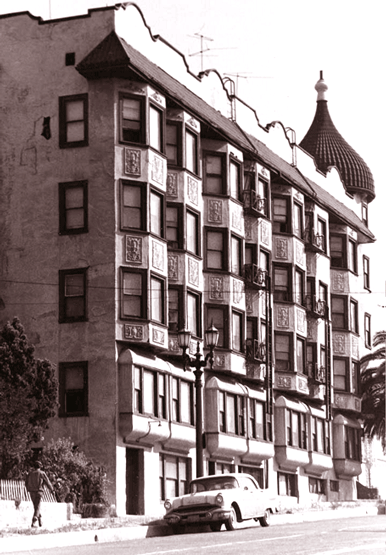 After our initial report on
After our initial report on 
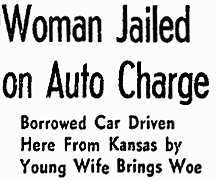

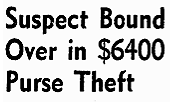
 March 11, 1961. Alfred Carrillo, 33, was a Dome resident in good standing who had the bad luck to be sitting in a bar at 301 South Hill Street one early Friday morning. Victor F. Jimenez, 26, unemployed truck driver, shot Alfred and then drove off, later to be arrested at his home. (The bar at 301 South Hill, by the way, was the bar at the base of Angels Flight–seen here with Lon Chaney Jr. in the 1956 outing
March 11, 1961. Alfred Carrillo, 33, was a Dome resident in good standing who had the bad luck to be sitting in a bar at 301 South Hill Street one early Friday morning. Victor F. Jimenez, 26, unemployed truck driver, shot Alfred and then drove off, later to be arrested at his home. (The bar at 301 South Hill, by the way, was the bar at the base of Angels Flight–seen here with Lon Chaney Jr. in the 1956 outing 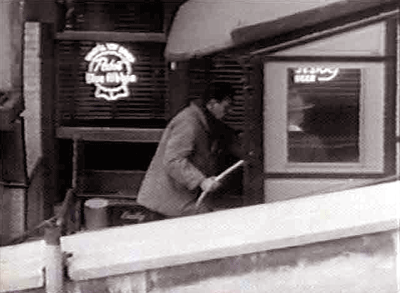


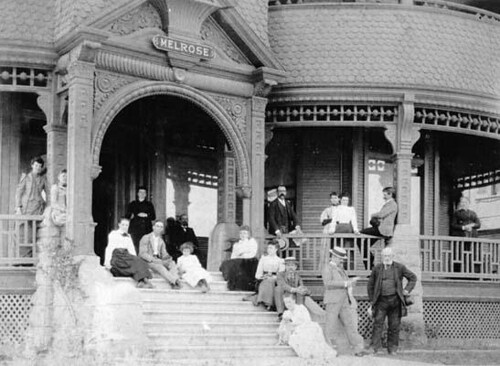

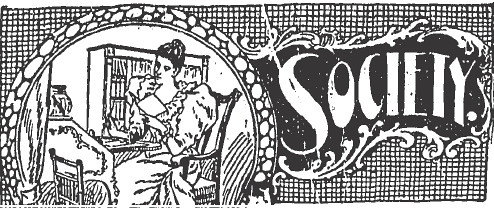


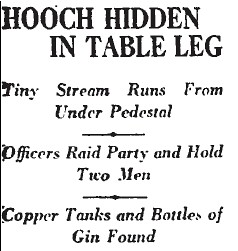 Police came to the apartment of William Fisher and Walter J. O’Connell, responding to neighbors’ complaints of a loud party. When they arrived, they found seven men and a woman seated primly around a large round table, and grinning like mad. However, police could not help but notice "the odor of synthetic gin was in the air."
Police came to the apartment of William Fisher and Walter J. O’Connell, responding to neighbors’ complaints of a loud party. When they arrived, they found seven men and a woman seated primly around a large round table, and grinning like mad. However, police could not help but notice "the odor of synthetic gin was in the air."